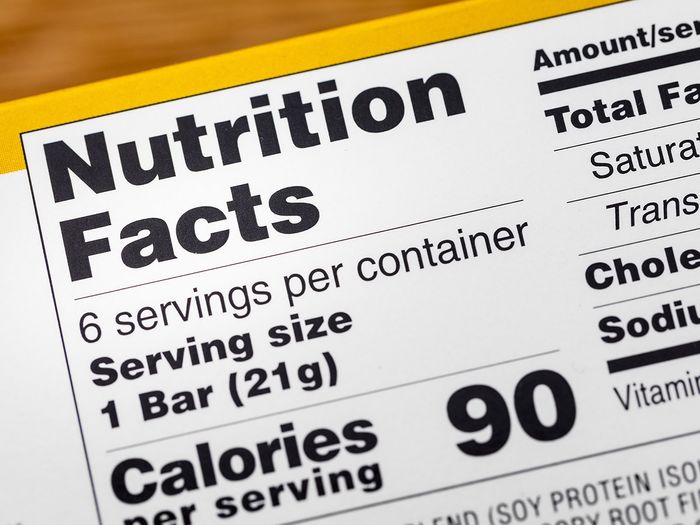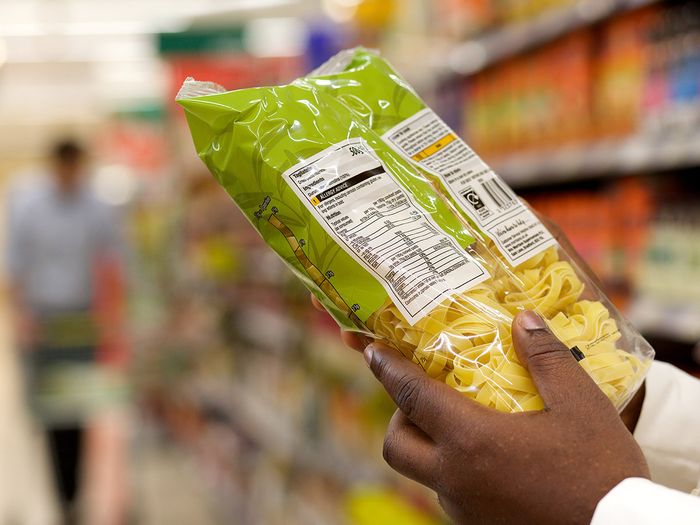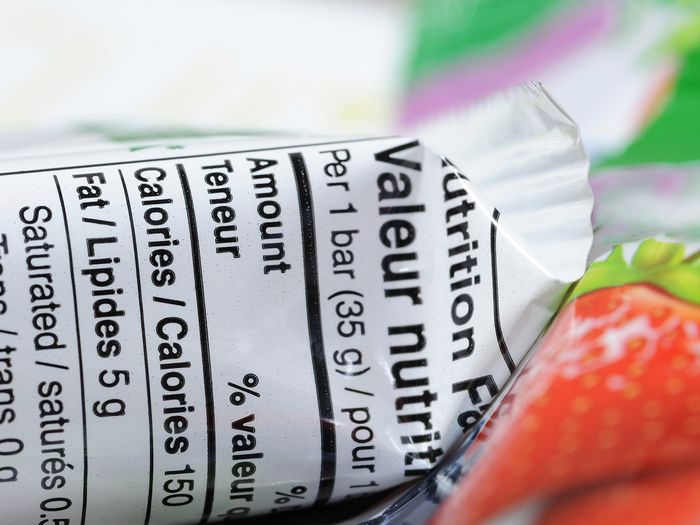Nutrition labeling is an important part of your product and a reflection of your company. The information on the labeling is regulated by the FDA, and both the FDA and your customers expect it to be credible and accurate. At Alliant Food Safety Labs, LLC, we work with you to ensure that your nutrition facts label is correctly formatted and compliant with all regulatory standards. The following are some of the most common mistakes manufacturers often make in nutrition labeling.
4 Mistakes Made On Nutrition Facts Labels
Food labeling mistakes to avoid
4 Mistakes Made On Nutrition Facts Labels

Incorrect Serving Size
The serving size on your product nutrition facts label is regulated by the FDA. Their Reference Amounts Customarily Consumed (RACCs) table is used to determine the correct serving size for each product. Usually, this should include two parts. The first is the household measure term and the second is its metric value. For a beverage product, for instance, the household measure term could be cups, fraction of a cup, or fluid ounces with the metric equivalent in milliliters (mL).

Incorrect Servings Per Container Indicated
For each package of your product, the number of servings it contains should be indicated on the nutrition label. If the package contains two to five servings of the product, then the number should be rounded up to the nearest half serving. However, for packages that contain five or more servings, the number of servings should be rounded up to the nearest whole number.

The Wrong Format Is Used
There’s a reason why every nutrition label you see looks similar. The FDA has a standard format for nutritional labeling which must be followed. This includes specific instructions for the font, font-size, and details that should be in bold. Even the rule and bullet points have a specific format that should be followed.

Improper Rounding of Values
The quantitative nutrient measurement amount from your food testing and nutritional analysis may not be rounded figures. When this is the case, there are specific rules for rounding up these figures that must be followed. For instance, calorie measurements less than 50 calories should be rounded to the nearest five calories while those greater than 50 calories should be rounded up to the nearest 10 calories. Cholesterol measurement between two to five mg should be written as less than five mg while figures higher than this range should be rounded to the nearest five mg. You should check for FDA regulations for rounding up for the different nutrients in your product.
Learn More About FDA Regulations
These are four of the common mistakes that manufacturers often make on the nutrition facts of their products. It is not enough to do food testing, you should find out more about FDA regulations regarding nutrition facts in order to avoid breaking them on your product label and ensure accuracy of the information you provide. Contact Alliant Food Safety Labs, LLC to learn more.
